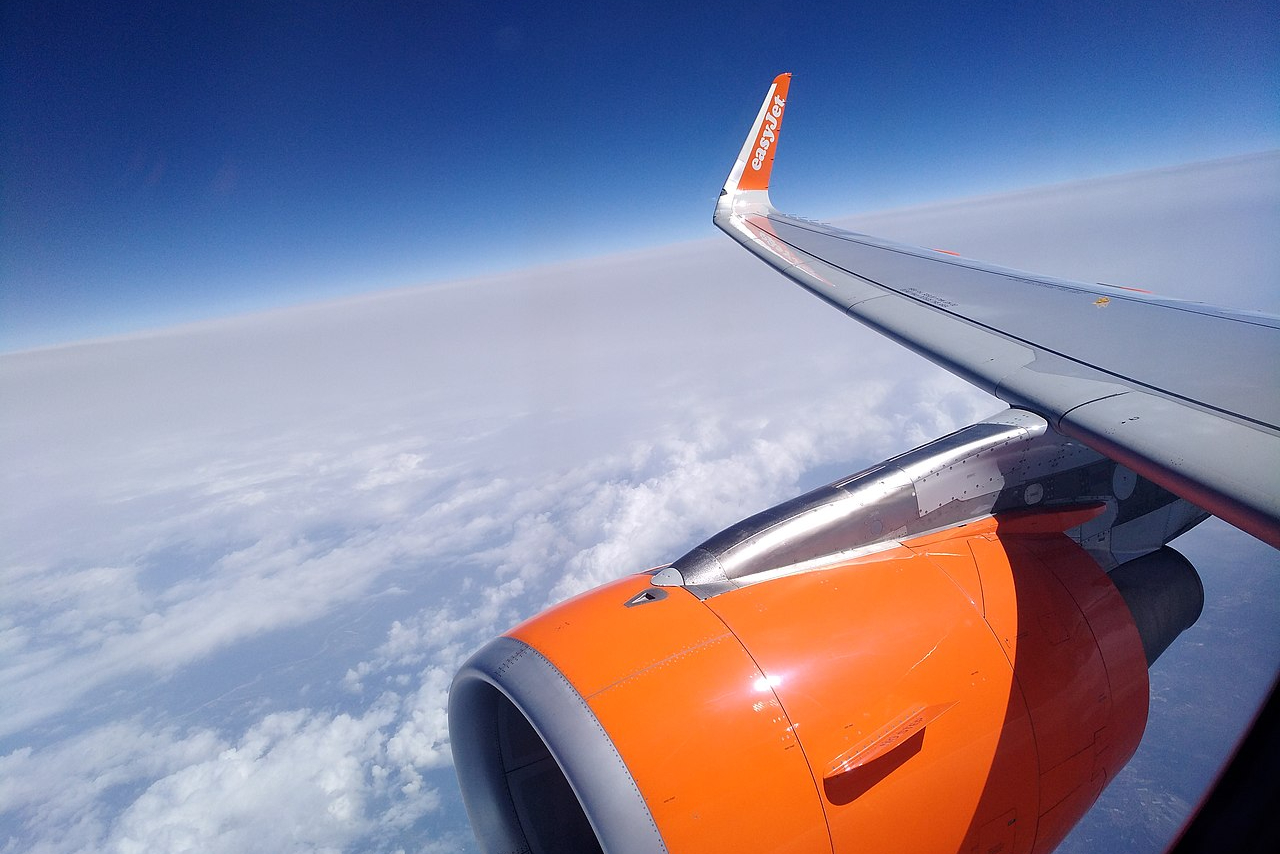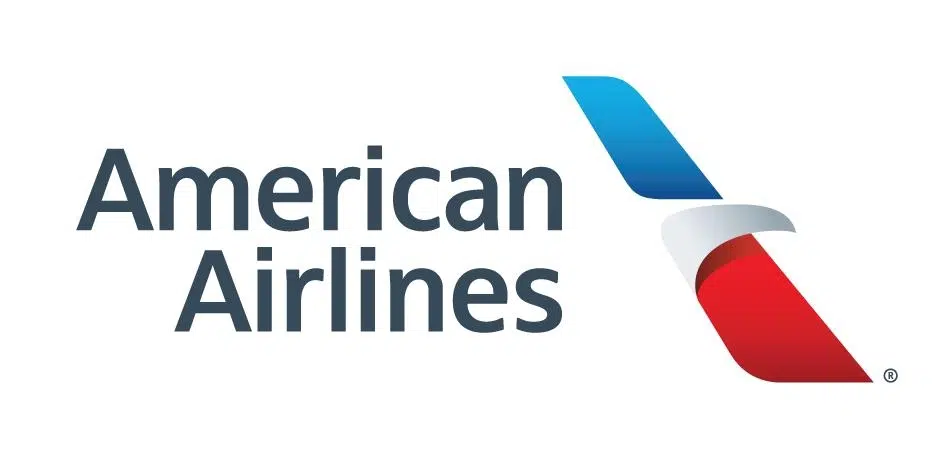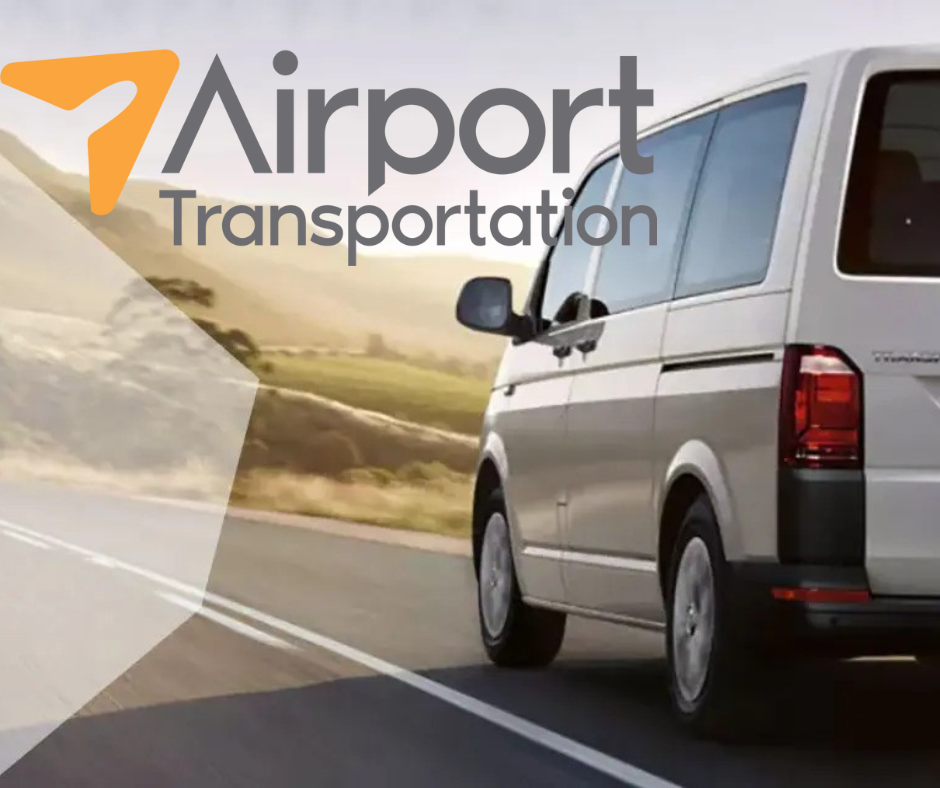Anatomy of an airline
by Airport Transportation · Published · Updated

We at Airport Transportation aim to provide the best transportation services around the world, but also the best information on the air travel industry. We are constantly looking for more information on all topics related to our business like all the airports listings, and airlines listings around the world... it is a big job to go out there (on the internet) and find all this information since there is quite a lot of information.
We are interested in having the most complete listing of airlines and listing of airports in the world and this post is to try a listing view that better suits our website and our readers.
We will start by using American Airlines as an example and we'll see whats the info that's mainly needed in operations and the one needed as information.
The anatomy of an airline.
While the operations of each specific airline may differ, there is a certain amount of similarity among each airline's structure. An airline's most important assets are its airplanes and its people. An airline can have the best planes in the world, but without the employees, an airline can't do anything.
Airlines are most often represented in public by those employees who have the most contact with travelers, such as pilots and flight attendants, but there are many more airline employees working behind the scenes. Larger airlines may employ more people, but the employee categories are generally the same no matter what the size of the airline.
Here are the various types of employees in an airline:
- Line personnel - This is the group of people you most often see during a flight, and they form 85 percent of an airline's labor force. Line personnel include pilots and flight attendants, reservation clerks, airport check-in and gate personnel and security guards.
- Operations - If line personnel form the heart of an airline, operations keeps it's blood pumping. These people are responsible for scheduling aircraft and flight crews to man the aircraft. Operations personnel maintain guidelines to meet FAA standards, and they train the flight crews. Included in operations are the dispatchers, who track all of the airline's flights.
- Maintenance - Airplanes are multi-million-dollar vehicles that must be maintained in order to prevent the airline from losing money. Aircraft only make money for the airline when they are transporting passengers. About 10 percent of an airline's work force is dedicated to aircraft maintenance.
- Sales and marketing - If you wonder who sets your prices, you can usually find them in the sales and marketing divisions of an airline. These people are also tasked with advertising, cargo sales, reservations, customer service and food service.
In addition to the personnel listed above, who make up the majority of airline's payroll, the airline also employs specialists and subcontractors to perform particular duties. This specialized staff includes people like lawyers, accountants, and employee- and public-relations specialists. It is their role to support the work of line personnel. Typically, these people work at the airline's headquarters. Subcontractors are people whom airlines farm work out to, and may perform the such tasks as cleaning, fueling, security, food services and sometimes maintenance. From: How Stuff Works

American Airlines logo
American Airlines
IATA Code: AA
ICAO Code: AAL
Website: https://www.aa.com/
Callsign: American
Primary Hub: Dallas Forth Worth International Airport
Address: 1 Skyview Drive, Fort Worth, TX 76155 P.O. Box 619616 DFW Airport, TX 75261-9616
Fleet Size: 985
Destinations: 353
About American Airlines.
Founded over 95 years ago, American Airlines has pioneered industry innovations, including hiring the first Black and female U.S. commercial airline pilots, launching the first major carrier loyalty program, and introducing airport lounges. Committed to caring for people’s journeys, it operates thousands of daily flights to more than 350 destinations across 60 countries from hubs in key U.S. cities.
With 130,000 team members worldwide, American Airlines focuses on delivering a world-class customer experience and fostering an inclusive workplace. The airline actively supports communities through social good, global health, and military initiatives. It leads in sustainability by maintaining an efficient fleet, utilizing sustainable aviation fuel, and achieving recognition from the Science Based Targets initiative (SBTi).
Founded in 1931 as American Airways, American Airlines (AA) is the world's largest airline when measured by revenue and fleet size. A founding member of the Oneworld alliance, AA operates a primary hub at Dallas Fort Worth International Airport (DFW) and has eight secondary hubs at airports across the United States. The airline flies to about 345 destinations in North America, the Caribbean, South America, Asia and Europe. It has codeshare agreements with 15 other carriers, as well as joint ventures with British Airways, Japan Airlines, Iberia, Finnair and Qantas on certain routes. Its fleet consists of 963 aircraft.
American Airlines is the Largest airline in the world based on airline company revenue, and scheduled passenger miles flown (per year) in 2025.
As of April 2025, American Airlines operates 988 mainline aircraft, making it the second largest commercial airline fleet in the world.
Direct flights provided by American Airlines.
Mexico
Cancun
Dallas (DFW) to Cancun (CUN)
Chicago (ORD) to Cancun (CUN)
Charlotte (CLT) to Cancun (CUN)
Philadelphia (PHL) to Cancun (CUN)
Miami (MIA) to Cancun (CUN)
Phoenix (PHX) to Cancun (CUN)
Panama
Panama City
Miami (MIA) to Panama City (PTY)
Dallas (DFW) to Panama City (PTY)
New York (NYC) to Panama City (PTY)
Charlotte (CLT) to Panama City (PTY)
For this article we used info from other websites:
https://www.aa.com/en-us/where-we-fly






